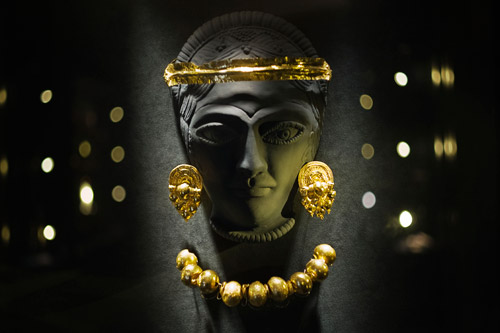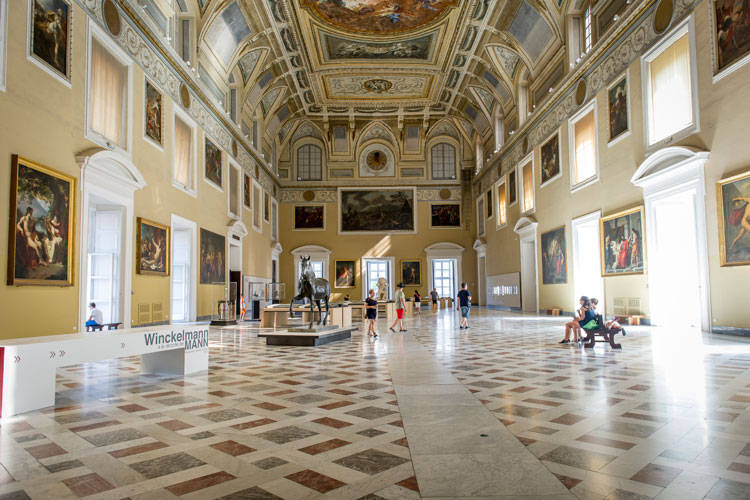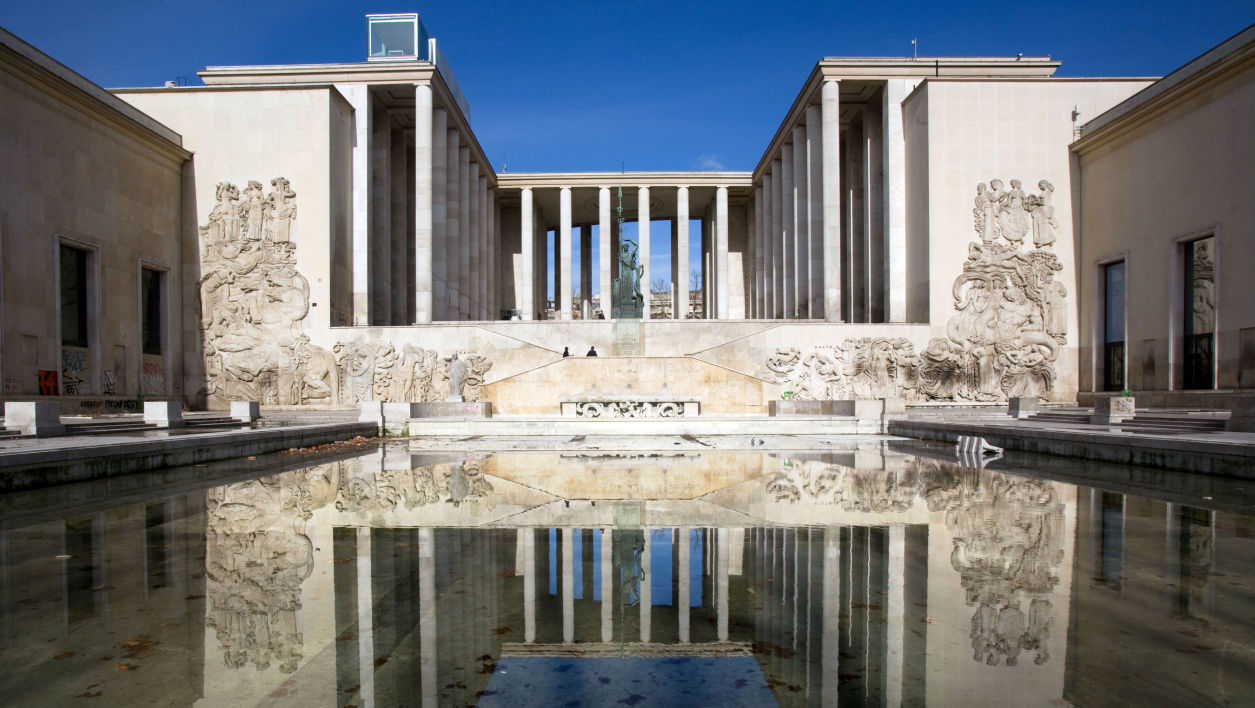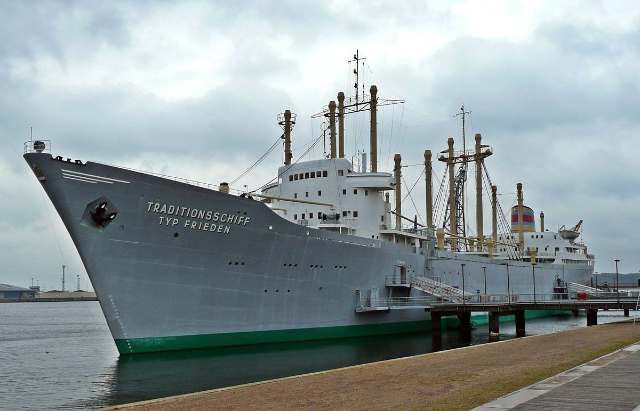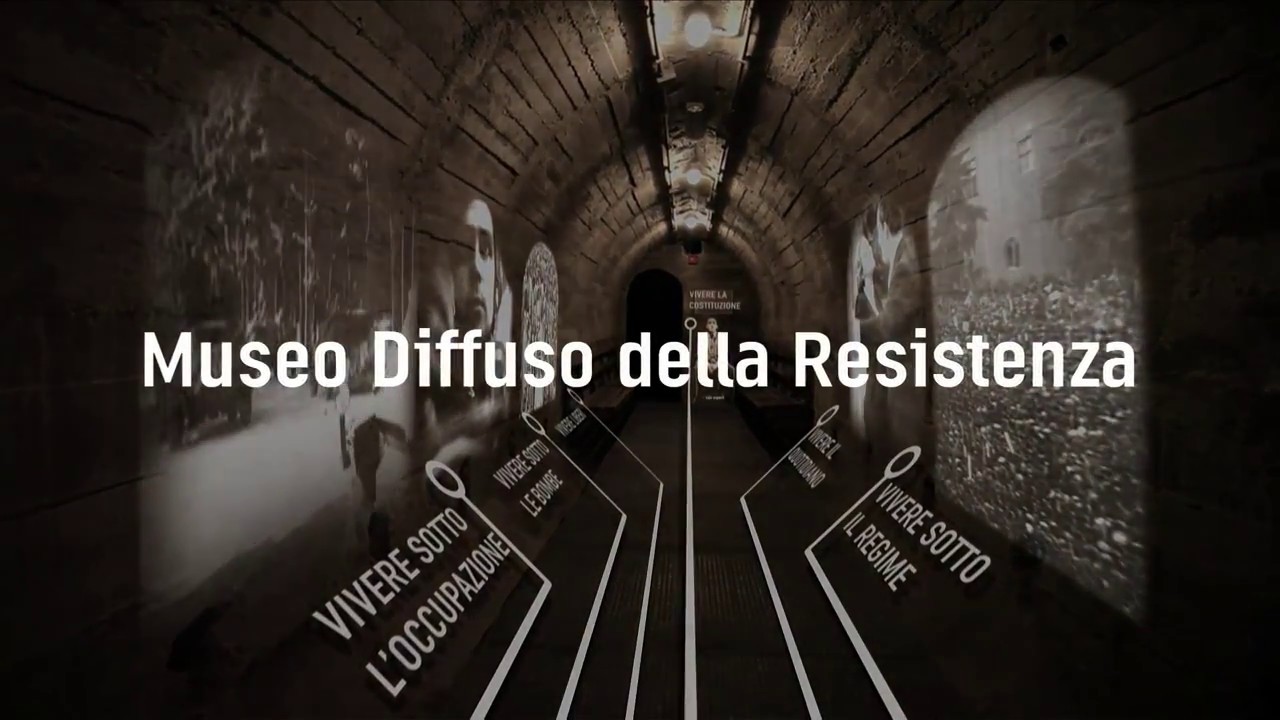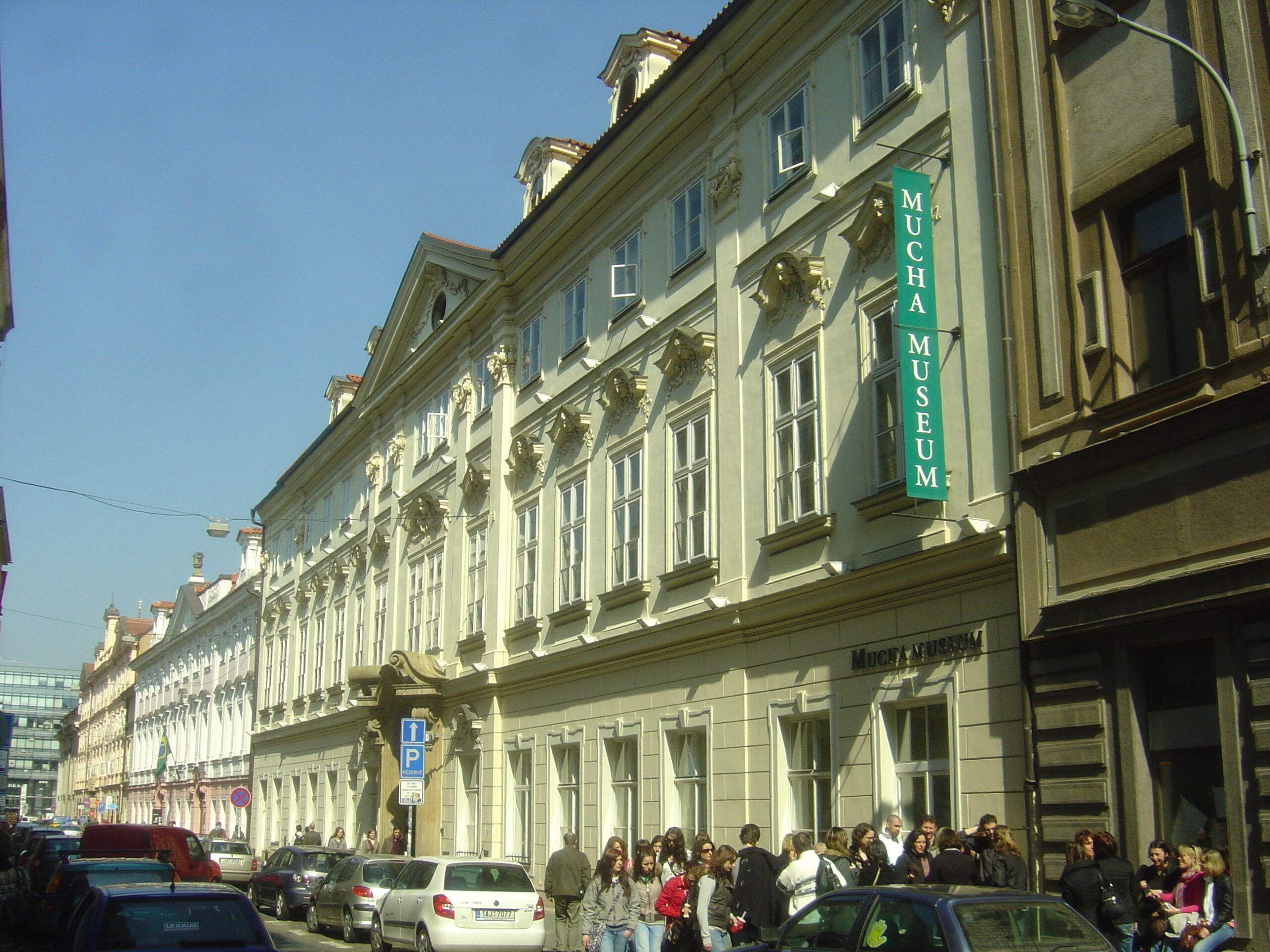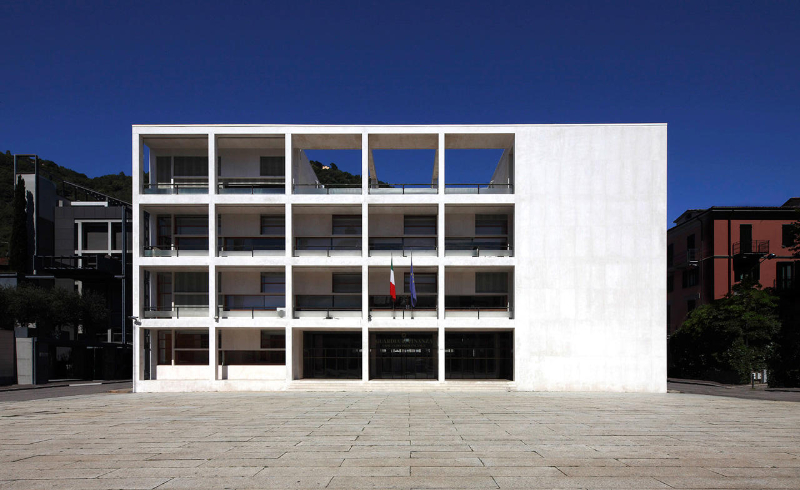In the rooms of Palazzo Costabili, there are jewels, vases, ornaments and utensils from the Greek and Etruscan period from over 4,000 tombs, evidence of the ancient city of Spina. Located near the delta of the river Po, Ferrara still retains the unique appearance that the Este family gave it in three centuries of government, until 1598, transforming it from a medieval center into a true Renaissance ideal city.
Its urban structure, defined as the Herculean Addition by Hercules I, who designed longitudinal roads and intersections in place of the classic Roman plan, make it the first modern city in Europe. Precisely because of this characteristic, Ferrara was recognized by UNESCO as a World Heritage Site by Humanity in 1995. Renaissance art and architecture coexist with the finds of the ancient city of Spina in the rooms of the Archaeological Museum. Inside the museum you can see the rich necropolis’s objects: ceramics, bronze vases and furnishings, jewels in gold, silver, amber and glass paste, from the Greek and Etruscan period, which re-emerged from 1922 during the public works of reclamation of the Comacchio valleys.
The representation on a map of the territory where the ancient port city flourished decorates the walls of the Salone delle Carte Geografiche, frescoed on the occasion of the transformation of Palazzo Costabili into an Archaeological Museum in 1935 in the middle of the Fascist period. The aim is to introduce the visitor to the evolution of the Po Delta, the ancient river Eridano that with its continuous changes of course marked the fortune and decline of Spina in antiquity and Ferrara from the Middle Ages onwards.Testimony of a prosperity deriving from flourishing trade between Spina and the ports of the Mediterranean, the Sala degli Ori, set up like a real jewellery shop, thanks to a collaboration with Bulgari, gathers a very wide range of jewels, ambers and ointments in glass paste, which highlight the magnificence of the local Etruscan aristocracy between the 6th and 4th centuries BC.C.The skills of the Etruscan craftsmen are also well represented by the splendid amber jewellery, often collected in rich necklaces with alternating vague glass paste and gold. The link with amber and its origins recalls the legend of Phaeton, the son of the Sun who fell into the waters of the Eridano after a crazy flight at the wheel of his father’s chariot. His sisters, the Eliads, wept abundant tears that became amber. Among the imported Greek pottery particularly appreciated by the inhabitants of Spina, the fish dishes stand out, decorated with detailed representations of the dishes that could have "hosted". We find all the protagonists of the fish table of 2,500 years ago, redfish, mullet, sea bream, monkfish, rays, cuttlefish and squid, but not eel even though it was regularly consumed during the banquets.
